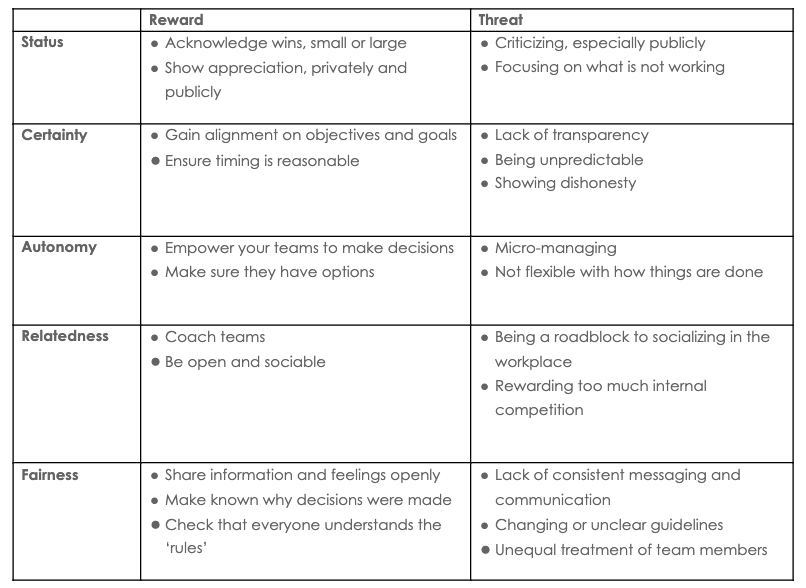
While change is a fundamental necessity for growth and transformation, we need to understand, implement, and manage change more quickly and more effectively, especially in relation to people. Companies are becoming more aware of the importance of change management to assist people in working through and accepting change, helping them become more change agile.
As TRG Agency partners with organizations to develop their change competency, we need to keep in mind core principles and understand how to address them effectively.
In the second part of this five-part series, let’s talk about the workplace.
Before moving on, be sure to check out the first part of this series.
The workplace is more of a social system than most people realize, and change can impact the social ecosystem
For many people, work is more than just a place to do a job – it is an important social system. This became more apparent in the era of remote working due to the COVID-19 pandemic. The brain sees work as a social system. Social needs influence a person’s well-being almost as much as the need to eat or drink. Neuroscientist David Rock created a model known as S.C.A.R.F that allows us to navigate the different social aspects of work better and provide clarity or connection in times of change.
The essential elements of S.C.A.R.F are Status, Certainty, Autonomy, Relatedness, and Fairness and is defined as:
Social interactions at work can either support or challenge where we think we are in each of these areas. Like what we discussed earlier about how the brain reacts to change, it does the same with how we see ourselves at each level and are perceived as rewards or threats. These perceptions can quickly flip to threats during change, where uncertainty is teeming.
Leaders’ behaviors can drive their team members perceptions and should be aware of the impacts:

Leaders need to look for signs to understand if someone feels threatened (distraction, anxiousness, memory loss, performing poorly, stressed, etc.) and find solutions to help. Sometimes identifying reactions to recent changes can uncover new feelings and possible shifts in a leader’s behavior.
It can be surprising how addressing basic social needs can influence and win over team members feeling disconnected.
More to come
This is the second part of our five-part series on change. So, stay tuned for our next installment, Principles of change: Create understanding and connection on our blog.
Of course, if you’re going through change or transformation, TRG Agency can help. Reach out to us to see how we can help you and your organization.